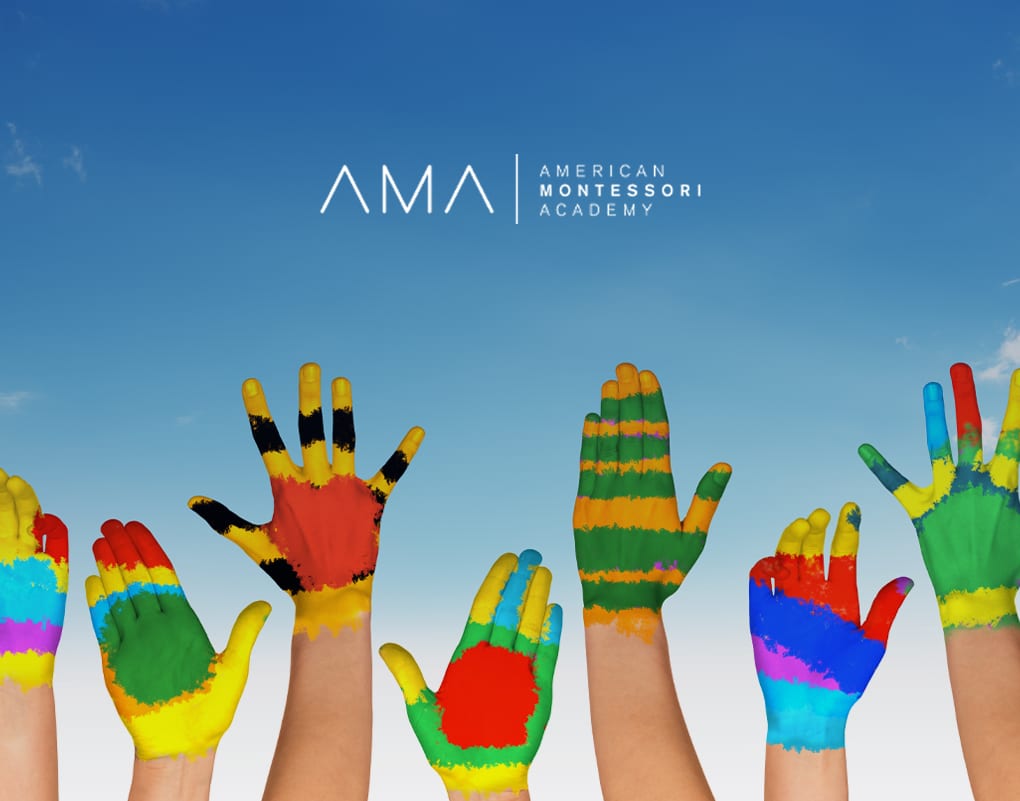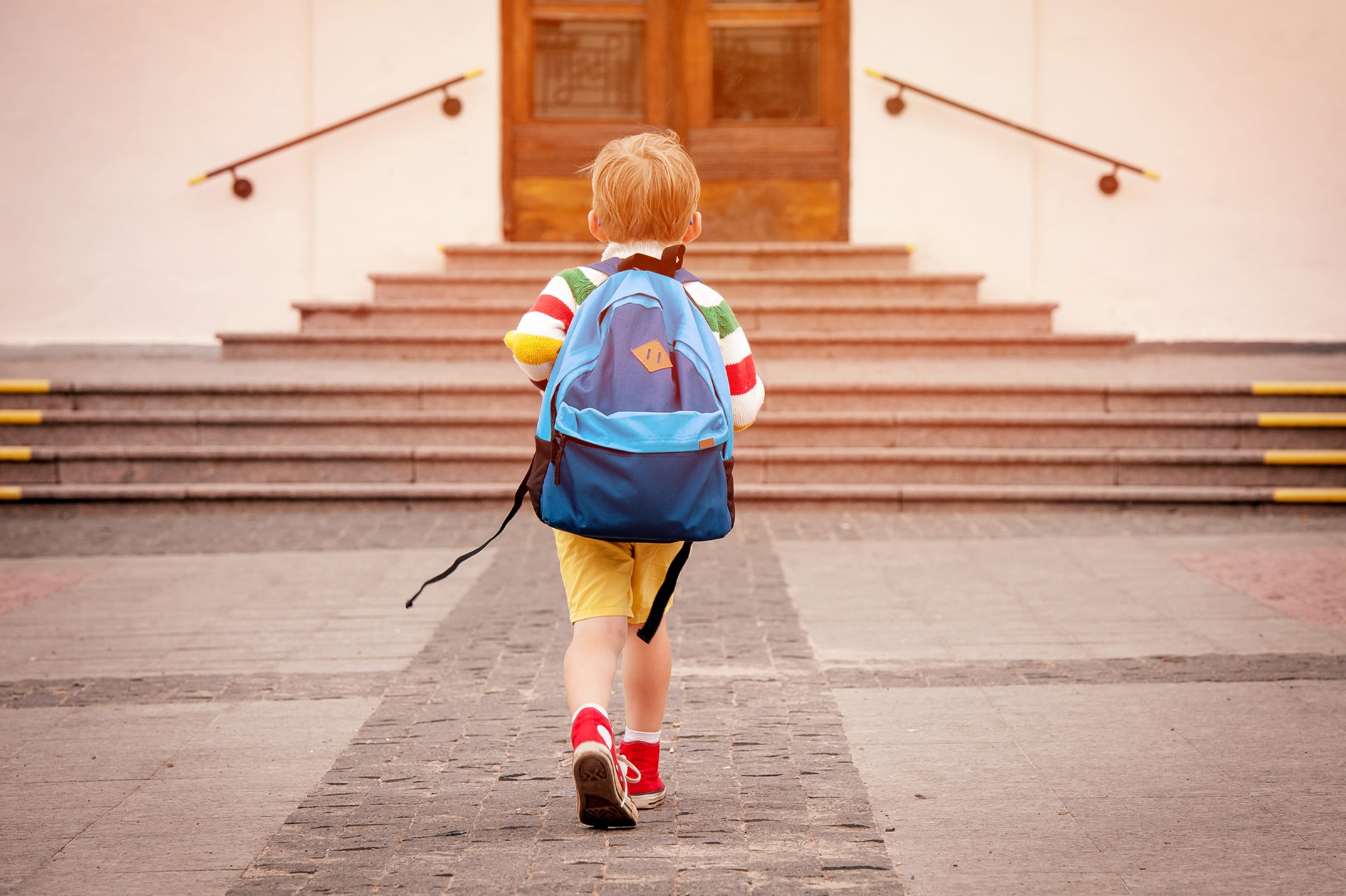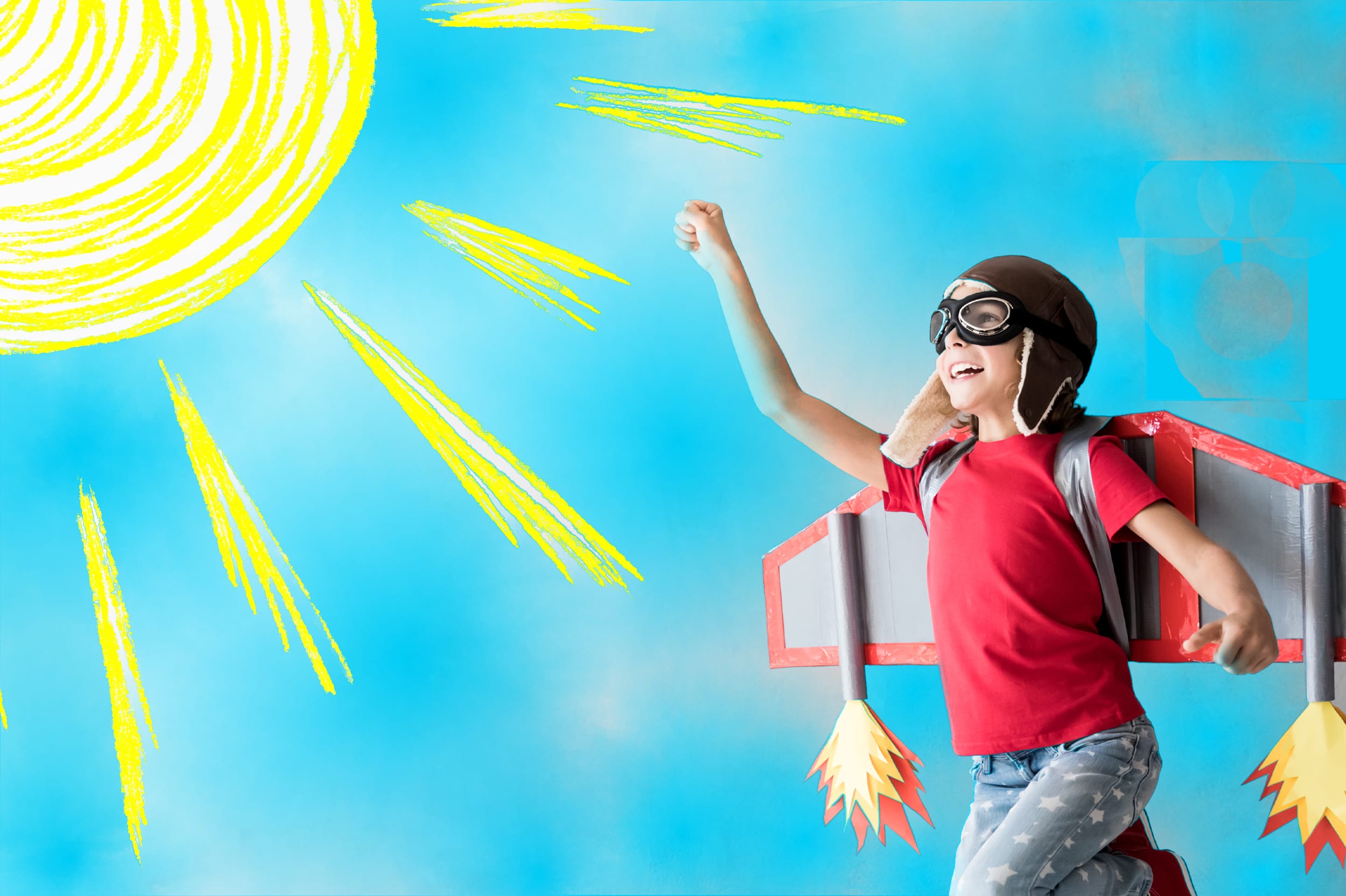Sometimes it is easier to understand the differences between traditional forms of education and that of Montessori pedagogy when the two ideologies are placed in a side by side comparison.
Below is a chart that juxtaposes both with regard to the method of instruction, environment and the role of the teacher.
| Traditional Classroom | Montessori Environment |
|---|---|
| Child is led toward textbook-driven curriculum; pencil and paper, worksheets and dittos primary source instructional material dependence from adults. Adults are the main providers of learning, discipline, social problem solving. | Prepared kinesthetic materials with emphasis on conceptual understanding; incorporated control of error; specially developed reference materials. The Goal is to lead children toward independence, academically as well as through social problem solving. |
| Working and learning without emphasis on social development. | Working and learning matched to the social development of the child. |
| Narrow, unit-driven curriculum. | Unified, internationally developed curriculum |
| Blanket approach to teaching – everyone doing the same thing at the same time. | Education is set to each child’s academic individual academic level; subject choices made by student. |
| Block time, period lessons. | Uninterrupted work cycles that allow the child to complete tasks before moving on to the next. |
| Single-graded classrooms. | Multi-age classrooms. |
| Students passive, limited to desks; problematic transition times. | Students active, softly conversing, with periods of spontaneous quiet; freedom to move. |
| Students fit mold of school, primarily designed for middle level achieving students. | School meets needs of all students, from the academically gifted to the challenged. |
| Limitation on cooperative learning- students in direct competition with each other. | Cooperative learning is encouraged; students willing to aid one another. |
| Product-focused report cards. | Process-focused assessments, skills checklists, mastery benchmarks. |
| Environment is prepared for the teacher to be the sole and center of attention. | Environment is prepared for the child; apparatus is systematically placed in accordance by the progression (difficulty) of the materials. |
| Teacher acts as dispenser of knowledge. Greater part of learning is presented, in auditory fashion, from the teacher; or read from text books. | Teacher acts as facilitator of knowledge. Greater part of learning comes from child’s own discovery and work with the materials. |
| Instruction primarily dealt within units; no particular order, later to be tied into a whole concept. | Instruction presented in the whole, in chronological fashion, then broken into parts. |
Learn even more about the differences between Montessori vs. Traditional education here.



